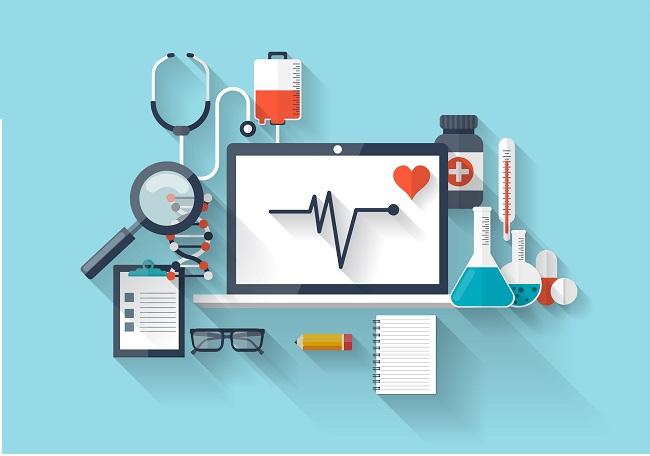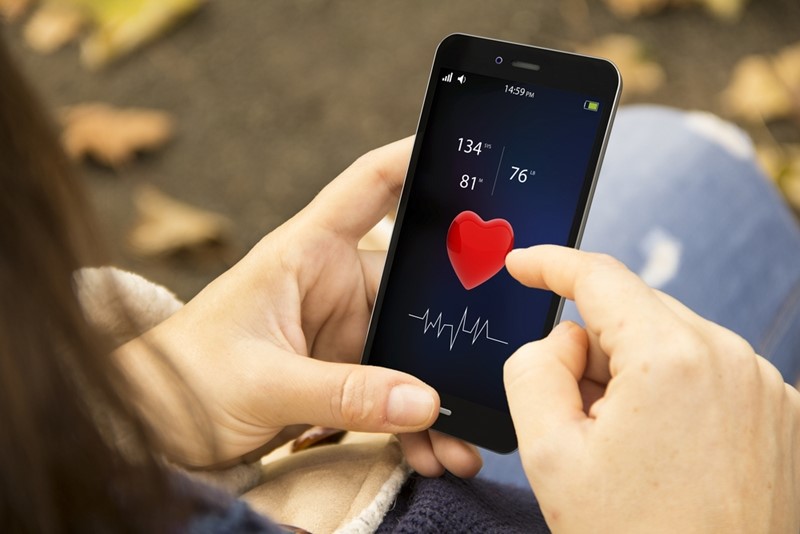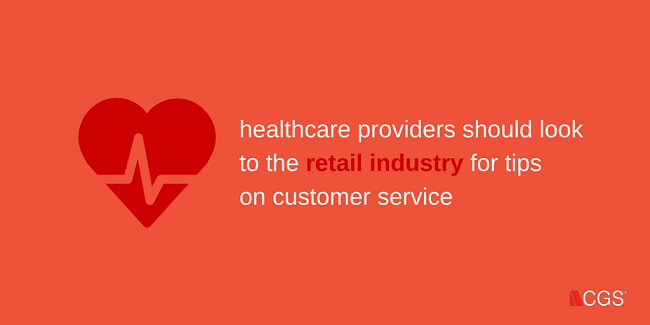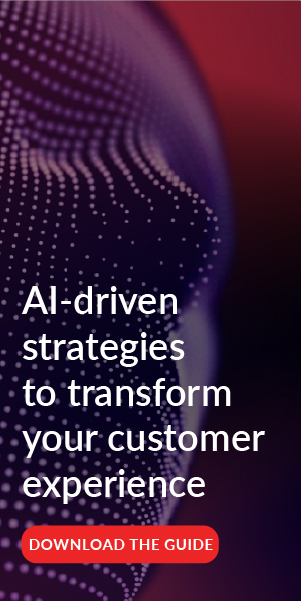Topics
Out of Patients: Examining the Customer Healthcare Revolution

The healthcare industry is overdue for a customer service revolution.
Right now, providers struggling when it comes to offering satisfactory customer service. A report from 2015 conducted by the American Customer Satisfaction Index found that patient satisfaction is at a decade low in the healthcare industry, scoring an ACSI score of 75.1 out of 100, which represents a drop of 3.2 percent since 2014. Clearly, we cannot continue on that trajectory if the nation hopes to keep healthcare hip.
Healthcare Takes Center Stage
Between the rise of the FitBit and the obsession over healthy-eating habits, Americans today are obviously very invested in their personal health. Many call it "the consumerization of healthcare."
"Welcome to the age of the consumization of healthcare."
People are investing their time and money into being better, and technology is at the crux of that change. Mobile apps make staying informed easier, and other medical devices are now collecting healthcare data each step of the way - literally and metaphorically speaking. Then, there's electronic health records, which give patients access to their health information over the cloud. As people gain more access and control over their health data, they expect providers to be more knowledgeable and to deliver more personalized and consistent health services.
Rising Healthcare Customer Service Expectations
As a result, there is now an expectation for providers to offer high-quality customer service during every interaction. In many ways, other industries such as retail, hospitality and technology have paved the way for this change. After all, if you can make an Apple Care appointment online to solve your computer's ailments, why shouldn't you be able to do the same with your primary care physician?
More importantly, consumers now have options, as pointed out by Computerworld contributor Julia King. Providers must meet their patient's needs or they'll take their money elsewhere.
"Healthcare traditionally hasn't been known for its customer service, but with so many more choices in healthcare now, customer service is the critical differentiator," Jim Stalder, CTO at Cook Children's Health Care System, told King. "If the new retail healthcare clinic down the street from your traditional primary care office offers Web-based scheduling, SMS appointment reminders and, most importantly, actually sees you when your appointment is scheduled, well, that's some tough competition."

If patients have trouble with a healthcare mobile app, providers must have customer service teams ready to help.
It's not brain surgery: Patients want to be treated like their providers care for their health, and they're receiving high-quality customer service from every other brand, so why wouldn't hospitals and insurers offer a similar level of service? It's up to healthcare providers and their operations teams to step up the quality of their customer service.
Our Industry is Regulated
Regulations are no excuse. Or at least that's what Kate Nasser argues, explaining that laws and regulations don't make an experience bad. A negative experience stems from a lack of listening. In that regard, providers need to listen to their patients and improve the customer service they offer - whether it's tech support for a cloud-based electronic health record systems accessed via a mobile app or it's getting assistance with bill paying and healthcare regulations. Nasser asserted that it's up to providers to step up and hear what their patients are saying or risk losing them.
Where to Go From Here
How can healthcare organizations react? There are a few ways that providers can improve their healthcare customer service.

First, they should look to other industries, Forbes contributor Micah Solomon recommended. Since the healthcare industry is not pioneering this transformation, following examples from sectors that have gone through these changes already is a great way to get started. In that regard, Solomon suggested benchmarking compared to companies that excel in customer service.
For example, some turn to outsourcing customer service when they don't have the internal resources to focus on providing consistently great experiences. It's also common to leverage third-party learning providers to deliver training that helps employees to improve patient care.
Additionally, Jeffrey McWilliams, emergency physician and blogger, wrote for KevinMD.com that good customer service stems from communication. In other words, patients must be properly informed, and if they leave a provider feeling as though they have their ailment or billing under control, they'll be more satisfied. Therefore, healthcare training is paramount - employees need to be knowledgeable on regulations, medications, technology, emergency preparedness and more. And outsourcing customer service to a contact center may give providers and insurance companies the scale and bandwidth to communicate more frequently with patients.
Lastly, healthcare providers must be willing to implement new technologies. On one hand, technology contributed to a spike in customer expectations and a larger need for customer service, but on the other, systems and software can make providing customer service easier and outcomes more consistent.
Big data analytics, telemedicine, wearables rank high among health IT investments in 2016 https://t.co/wJGhynnqA6 pic.twitter.com/6yU6UF8zHM
— Healthcare IT News (@HealthITNews) April 14, 2016
The healthcare industry is always changing, and as such, providers must be ready and able to keep up with those changes. Today, that means offering better customer service, since that ensures better outcomes for tomorrow.

